I’ve been super busy.
That’s the only thing I can say. I’ve neglected the math blog once again. I think of it often, but never quite find the time to update.
I’ve got some spare time right now, so here it is. The update.
I’m teaching grade 3. I love it. Having a straight grade is so nice.
Now, on to other things. This summer I took a quick webinar about how to make my own math worksheets. (more info here) It was a lot of fun and now I am making them all the time! I’m going to start posting some here. The webinar was intended to teach people how to get started making and selling resources on Teacher’s Pay Teachers. I can’t be bothered with that. I have a lot of issues with that website and prefer to give away resources. I am adding a copyright, however, because I don’t want to find out someday that someone is selling my stuff on TPT.
Here is some stuff I made to use to teach my grade 3s about money.
We did this activity for the first time today. I put piles of fake money out (bills only today) around the room. I had a number label for each pile. Every child had a recording sheet. They went around the room finding the piles, counting the money and recording their total. I let them choose if they would work alone or with partners, and they did a little bit of both. Some people started with one partner then moved to another. I spent a lot of time watching and taking notes. We’ve done a number of these scavenger hunt activities at this point and they love them! I like to watch them help each other out, correct each other’s mistakes, and show each other the strategies they use. Today everyone was able to count the money without difficulty, and there were a few different strategies they shared. Sometimes they started by sorting the money into groups (e.g. put all the fives into piles of $10). Sometimes they had to count more than once to be sure.
On Monday, we are going to review the values of the coins, then we’ll repeat this with piles of coins. On Tuesday we’ll have mixed piles of coins and bills. (That’s assuming everything on Monday goes okay!) Finally, probably on Friday, we’ll have some more complicated piles with larger amounts. On that day I’ll most likely ask them to choose ten piles to count because sixteen will probably be too many. We’ll see!
I’ll be back soon with more of the things I’ve created. I like them and they’re working well.
You can download the recording sheet and labels for the piles here. I’ve also posted some cut and paste activities for counting coins. We haven’t used paste EVER in my class and I don’t think it’s even sold in stores anymore, but “paste continues to be what “cut and paste” remains in our lexicon so there you have it! Finally, I’m posting some word problems were’ going to work on in group using vertical nonpermanent surfaces, which you can read more about here.

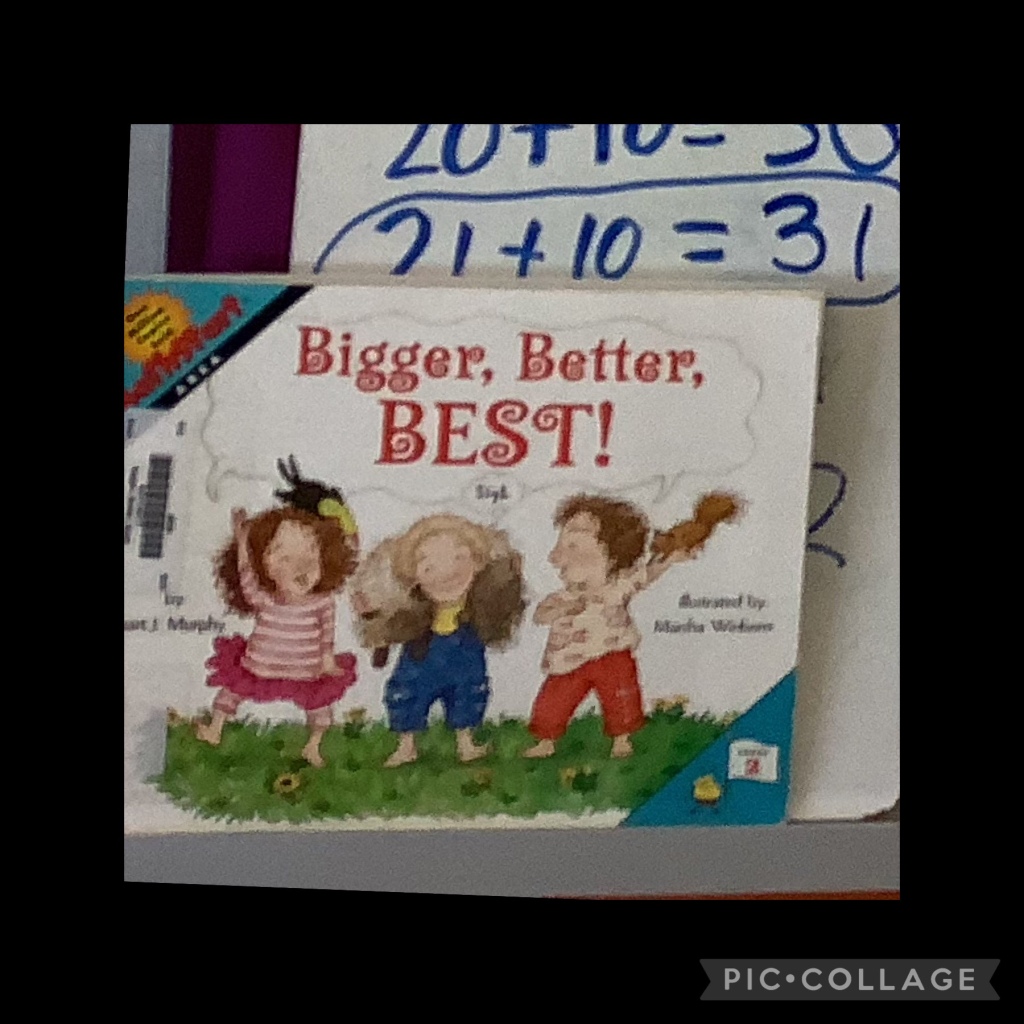
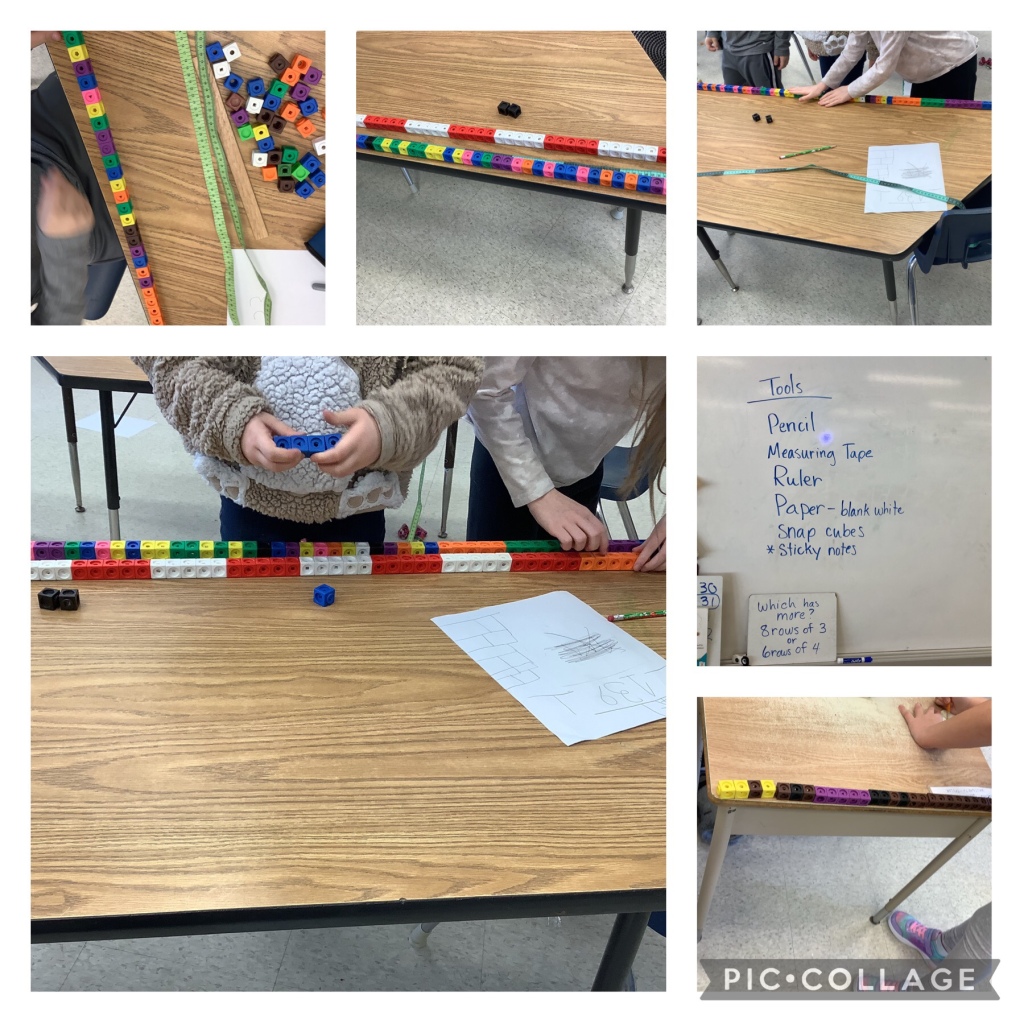
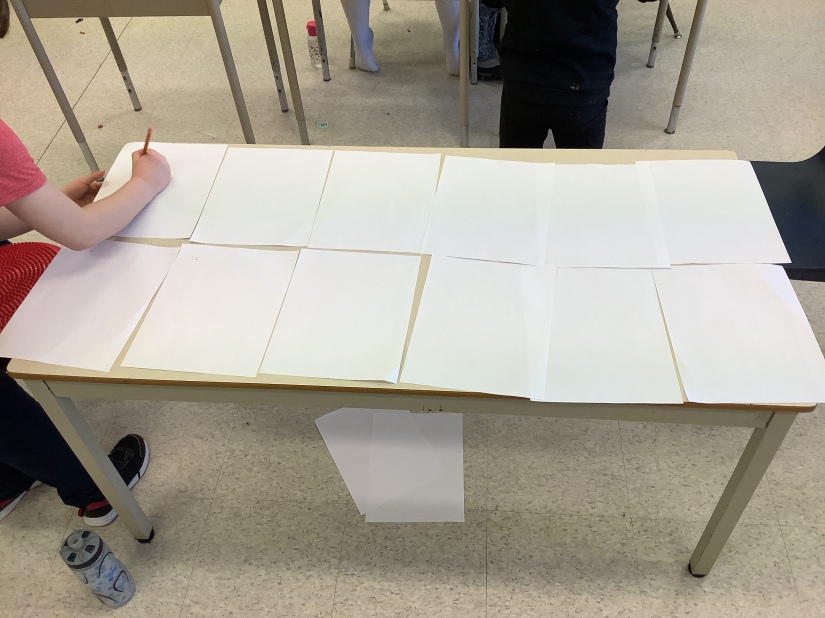
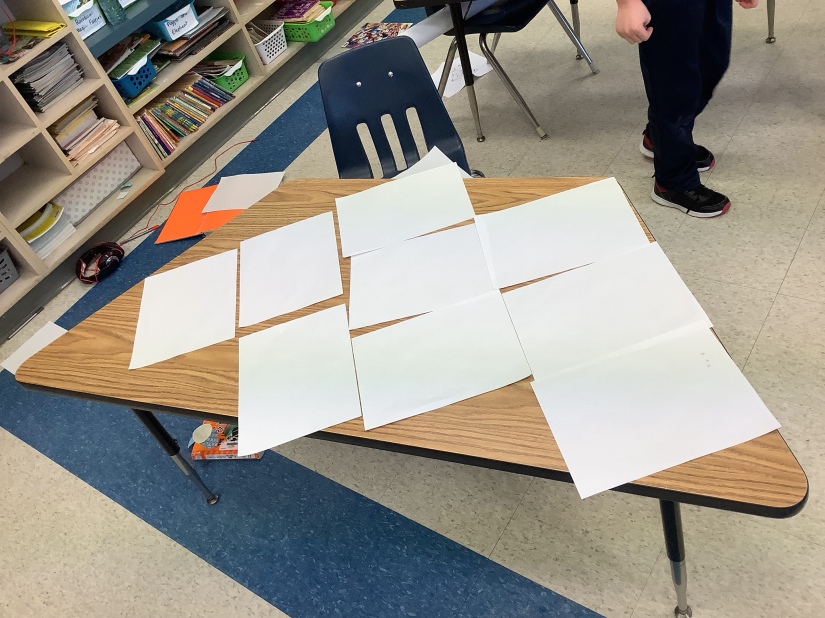
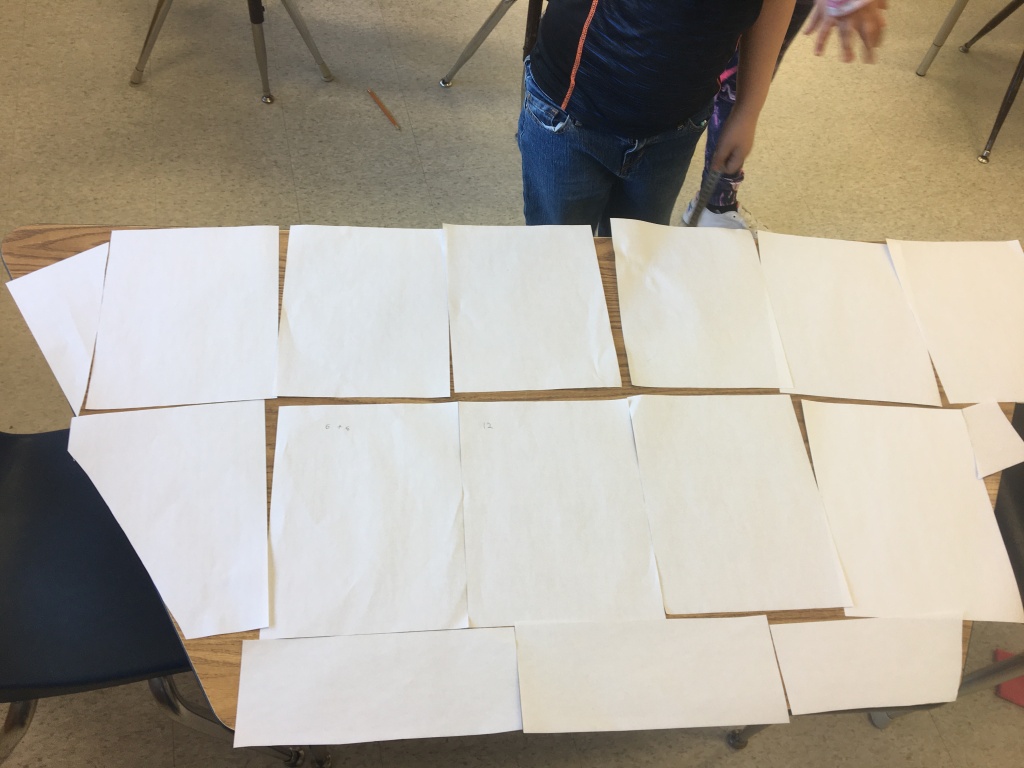
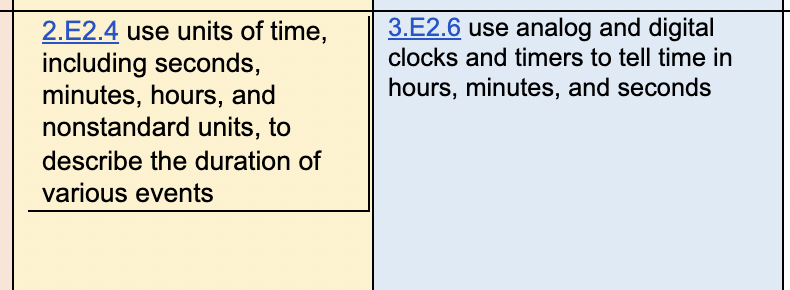







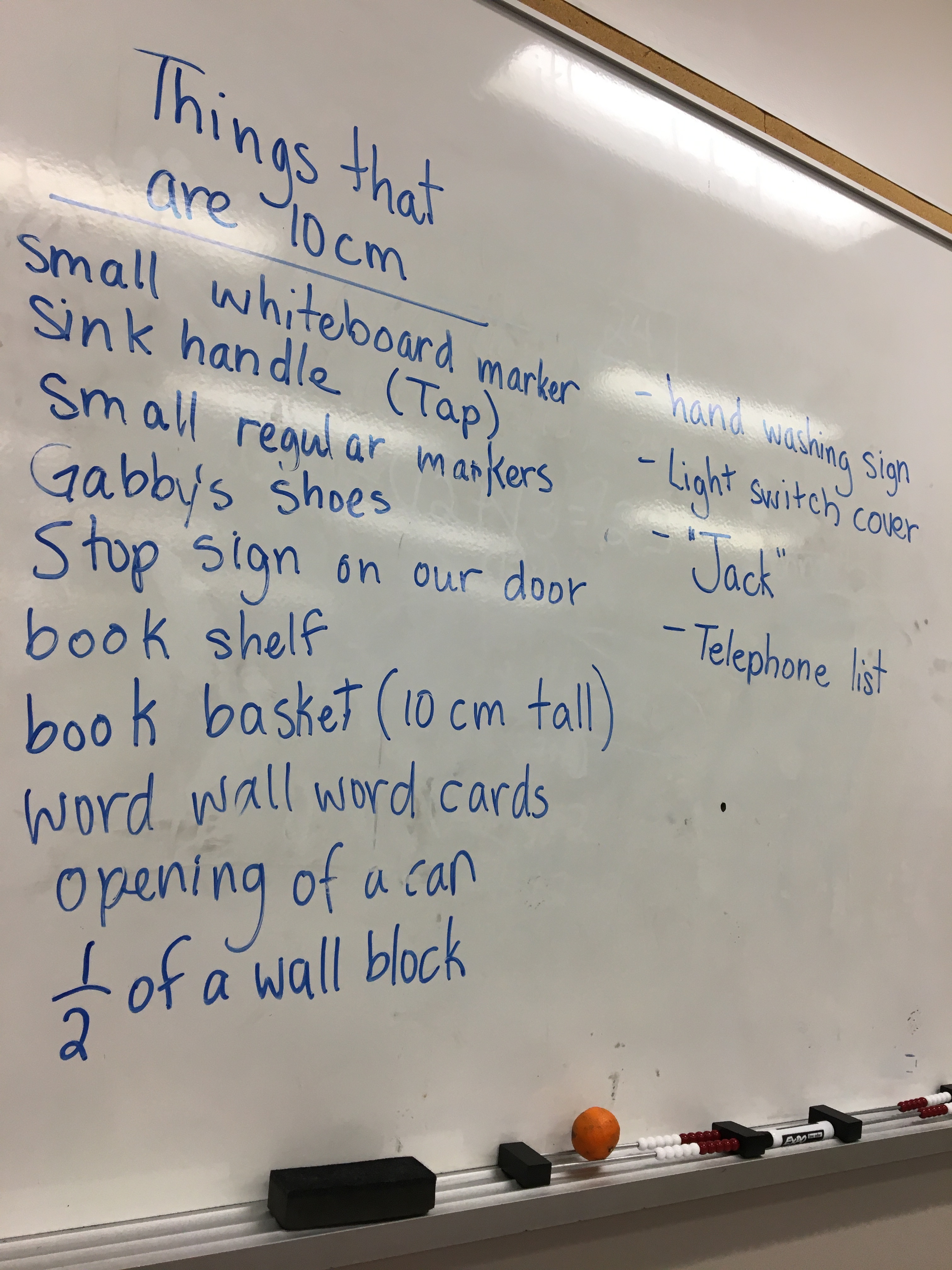
















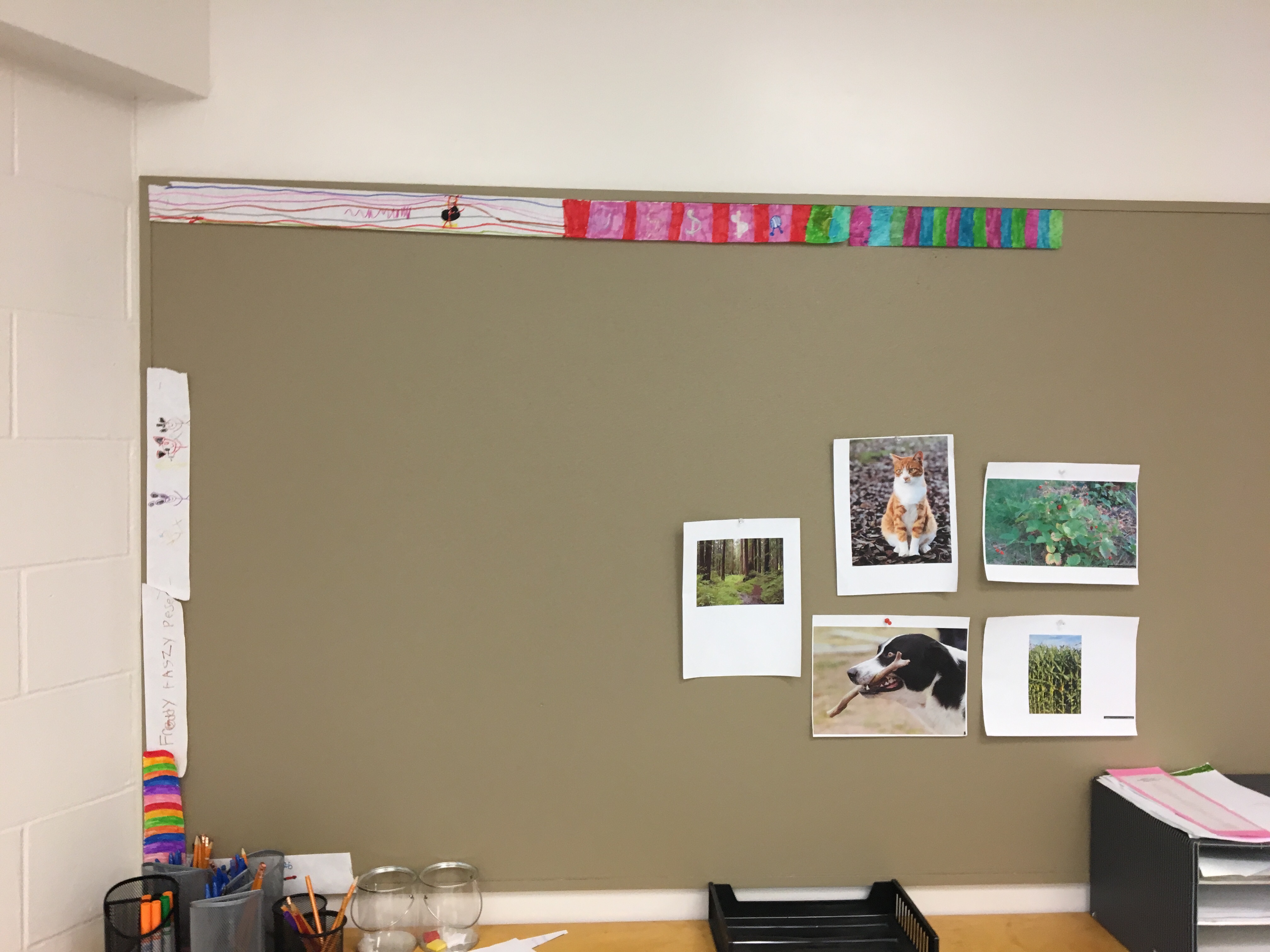
 After measuring our height, we brainstormed other things we can measure and compare – who has the longest feet, the biggest hands, longest hair, and biggest eyebrows? We don’t have answers to these questions yet, but we will by mid-week.
After measuring our height, we brainstormed other things we can measure and compare – who has the longest feet, the biggest hands, longest hair, and biggest eyebrows? We don’t have answers to these questions yet, but we will by mid-week.
You must be logged in to post a comment.